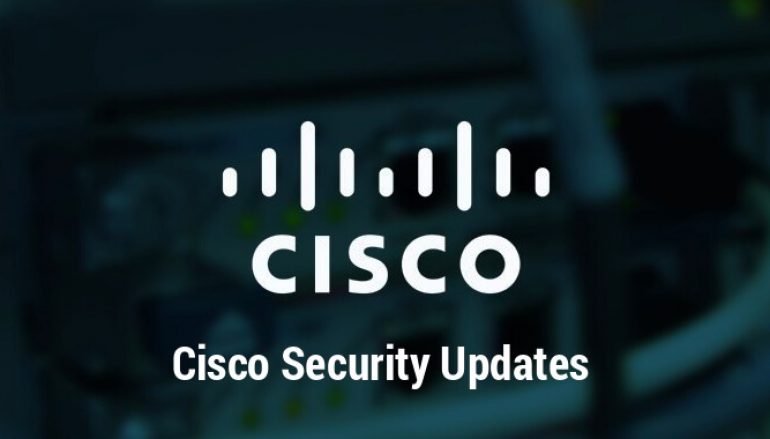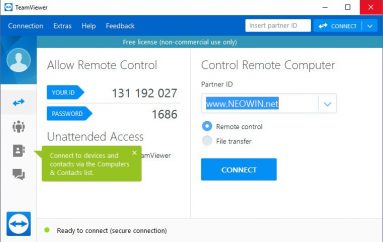
Critical Vulnerability in Cisco REST API Container Let Hackers Remotely Bypass Cisco IOS XE Device
Cisco released a new security update for several products and fixed a critical authentication bypass vulnerability that resides in Cisco REST API virtual service container.
Totally 11 vulnerabilities are fixed, 1 vulnerability categorized under “critical” severity, 5 of them are patched under “high” severity and 5 bugs fixed under “Medium” severity.
A critical vulnerability( CVE-2019-12643 ) in Cisco REST API virtual service container allows a remote attacker to bypass the authentication on the managed Cisco IOS XE device.
In order to exploit the bug, attack submitting malicious HTTP requests to the targeted device that allows him to obtain the authenticated user token-id.
To gain the Cisco IOS XE device access, token-id helps the attacker to bypass the authentication and execute the privilege via an interface of the REST API virtual service container.
According to the Cisco report, This vulnerability affects Cisco devices that are configured to use a vulnerable version of Cisco REST API virtual service container. At the time of publication, this vulnerability affected the following products:
- Cisco 4000 Series Integrated Services Routers
- Cisco ASR 1000 Series Aggregation Services Routers
- Cisco Cloud Services Router 1000V Series
- Cisco Integrated Services Virtual Router
Cisco also fixed some of the high severity vulnerabilities that include a privilege escalation vulnerability ( CVE-2019-1966 ) in Unified Computing System Fabric Interconnect root that allows a local attacker to gain elevated privileges as the root user on an affected device.
Another vulnerability( CVE-2019-1965 ) in Cisco NX-OS Software due to the VSH process not being properly deleted when a remote management connection to the device let attackers perform a system-wide denial of service (DoS) condition.
Denial of Service Vulnerability ( CVE-2019-1964 ) in Cisco NX-OS Software IPv6 let a remote attacker to cause an unexpected reboot of the netstack process on an affected device.
| Cisco Adaptive Security Appliance Smart Tunnel Vulnerabilities |
| Cisco REST API Container for IOS XE Software Authentication Bypass Vulnerability |
| Cisco Unified Computing System Fabric Interconnect root Privilege Escalation Vulnerability |
| Cisco NX-OS Software Remote Management Memory Leak Denial of Service Vulnerability |
| Cisco NX-OS Software IPv6 Denial of Service Vulnerability |
| Cisco NX-OS Software Cisco Fabric Services over IP Denial of Service Vulnerability |
| Cisco FXOS and NX-OS Software Authenticated Simple Network Management Protocol Denial of Service Vulnerability |
| Cisco NX-OS Software SNMP Access Control List Configuration Name Bypass Vulnerability |
| Cisco NX-OS Software Network Time Protocol Denial of Service Vulnerability |
| Cisco NX-OS Software NX-API Denial of Service Vulnerability |
| Cisco Nexus 9000 Series Fabric Switches ACI Mode Border Leaf Endpoint Learning Vulnerability |
Cisco advised affected customers to apply these patches immediately and keep scanning the network and application using the best vulnerability scanner to protect from cyber attack.
Cisco has released updates to address this vulnerability; you can find the advisory here.
This post Critical Vulnerability in Cisco REST API Container Let Hackers Remotely Bypass Cisco IOS XE Device originally appeared on GB Hackers.






